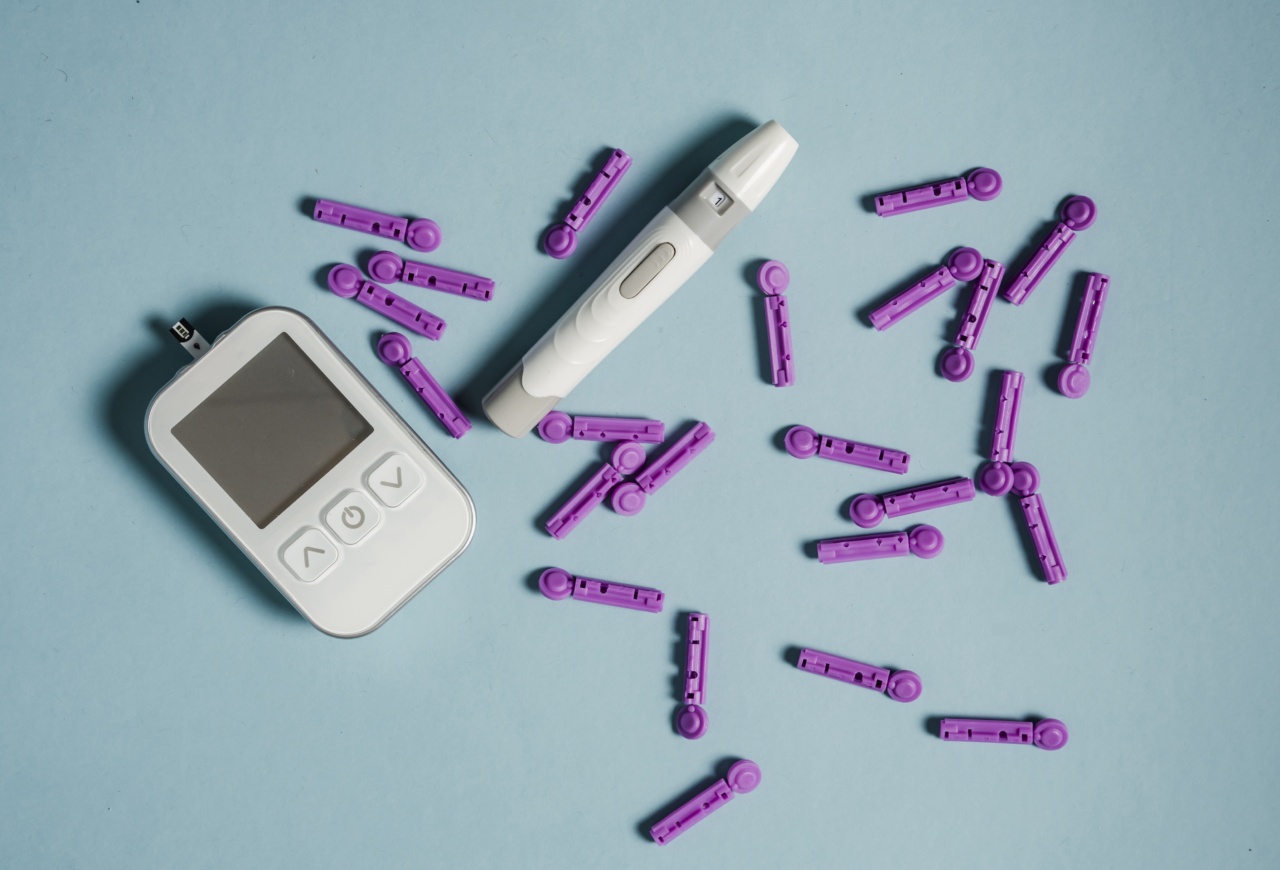Diabetes is a major health issue worldwide, affecting more than 463 million people. Diabetes occurs when the body cannot produce or properly use insulin, a hormone that regulates blood sugar levels.
Type 2 diabetes, the most common type of diabetes, is closely related to obesity, physical inactivity, and an unhealthy diet.
However, many people with type 2 diabetes do not know that they have a pancreatic problem, which can contribute to the development of diabetes.
The pancreas is an organ located behind the stomach that produces insulin and other hormones that regulate digestion and metabolism. A malfunctioning pancreas can lead to higher blood sugar levels, insulin resistance, and ultimately, diabetes.
What is the pancreas?
The pancreas is a gland that lies behind the stomach, in the upper abdomen. It has two main functions: to produce digestive enzymes that help break down food and to produce hormones that regulate blood sugar levels.
The pancreas produces insulin, a hormone that helps your body use glucose (sugar) for energy and store excess glucose for later use.
When you eat, your digestive system breaks down carbohydrates into glucose, which enters your bloodstream. As your blood sugar levels rise, the pancreas releases insulin to help move glucose into your cells, where it can be used for energy.
When your blood sugar levels fall, the pancreas stops producing insulin.
The pancreas also produces other hormones, such as glucagon, somatostatin, and pancreatic polypeptide, which help regulate digestion and metabolism.
How does a pancreatic problem lead to diabetes?
A pancreatic problem can prevent the pancreas from producing enough insulin, or from producing insulin that works effectively. This can cause blood sugar levels to rise, leading to insulin resistance and eventually, diabetes.
Some of the conditions that can cause a pancreatic problem include:.
Pancreatitis
Pancreatitis is an inflammation of the pancreas, which can be acute or chronic.
Acute pancreatitis is a sudden inflammation that can be life-threatening, while chronic pancreatitis is a long-term inflammation that can lead to progressive damage to the pancreas.
Both types of pancreatitis can damage the cells that produce insulin, leading to a decreased ability to produce insulin and an increased risk of diabetes.
Pancreatic Cancer
Pancreatic cancer is a type of cancer that starts in the cells of the pancreas. It can cause the pancreas to stop producing insulin, leading to diabetes.
In fact, some studies have shown that diabetes can be an early symptom of pancreatic cancer, as the cancer can disrupt the pancreas’ ability to produce insulin before other symptoms appear.
Cystic Fibrosis
Cystic fibrosis is a genetic disorder that affects the respiratory and digestive systems. It can also result in a pancreatic problem, as the thick mucus that builds up in the lungs can block the ducts that supply digestive enzymes and insulin.
This can lead to a decrease in the production of insulin, which can increase the risk of diabetes in people with cystic fibrosis.
How can you detect a pancreatic problem?
Symptoms of a pancreatic problem can vary depending on the underlying cause. Some common symptoms of a pancreatic problem include:.
- Abdominal pain or discomfort
- Nausea or vomiting
- Loss of appetite
- Weight loss
- Diarrhea or oily stools
- Jaundice (yellowish skin and eyes)
- New-onset diabetes
- Difficulty controlling blood sugar levels
If you have any of these symptoms, you should see a doctor. Your doctor may recommend some tests to diagnose a pancreatic problem, such as:.
- Blood tests to check for elevated levels of pancreatic enzymes or abnormal levels of glucose
- Imaging tests, such as an ultrasound, CT scan, or MRI, to get a better look at the pancreas
- Endoscopic retrograde cholangiopancreatography (ERCP), which uses a scope to look inside the digestive tract and can also take biopsies
- Endoscopic ultrasound (EUS), which uses a scope with an ultrasound probe to get a better look at the pancreas
How is a pancreatic problem treated?
The treatment for a pancreatic problem depends on the underlying condition. In some cases, such as pancreatitis, the pancreas may heal on its own with rest, fluids, and pain medication.
In other cases, such as pancreatic cancer, surgery may be needed to remove the affected part of the pancreas. Chemotherapy or radiation therapy may also be used to treat pancreatic cancer.
If you have a pancreatic problem that is causing diabetes, your doctor may recommend insulin therapy to help regulate your blood sugar levels.
You may also need to make lifestyle changes, such as eating a healthy diet and exercising regularly, to help manage your diabetes.
Conclusion
A pancreatic problem can contribute to the development of diabetes, and many people with diabetes do not realize that they have a pancreatic issue. If you have symptoms of a pancreatic problem, such as abdominal pain or new-onset diabetes, see a doctor.
Early detection and treatment can help prevent complications and improve your quality of life.



























